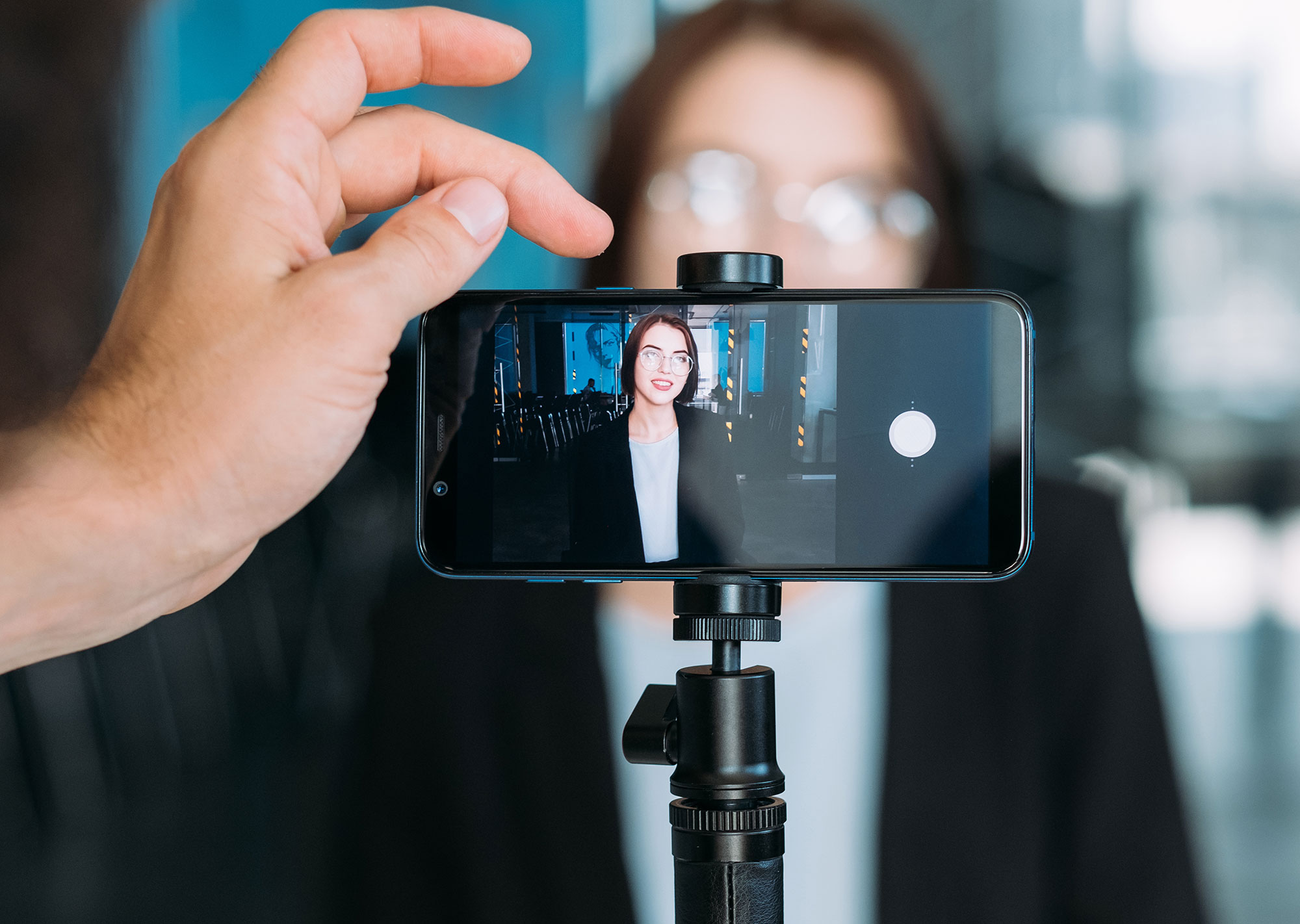Your university has always had to follow specific ADA guidelines, but new rules affecting your website were published on April 24, 2024. Are you ready?
This year, Title II of the Americans with Disabilities Act (ADA) solidified the requirement for state and local government entities, including universities, to provide equal access to individuals with disabilities through their websites. While universities have two years from publication (April 24, 2026) to comply with these new rules, this isn’t something you can wait for.
Most university websites are large, and in my experience, many people are involved in keeping them current.
If you want to meet that April 2026 deadline, you have to start working now.
Let’s break down some of the things you need to understand and the necessary steps to make your university website accessible.
Table of Contents
What is Title II of the ADA?
If you haven’t received a panicked email from your boss yet, Title II of the ADA added a new subpart in April. Subpart H—Web and Mobile Accessibility—requires public entities to ensure all their web and mobile content is accessible. That means individuals with disabilities can access web content and mobile apps quickly, easily, independently, privately, and equally.
This sounds technical, in part because it is. The TL;DR version for you: University websites need to conform with Web Content Accessibility Guidelines 2.1 level AA. That might mean your website needs drastic changes and new procedures for updating the content to be compliant.
The good news is that you have until April 2026 to update your website. (Again, it’s not that long, but you’ve got some breathing room.)
Where Do You Begin?
You have under two years to get your massive university website compliant with these regulations. Where do you even start?
First, I want to ensure that you have buy-in from your superiors. If they haven’t already brought this to you, then you need to bring it to their attention. You’ll need a budget to make some of these changes, approve training, and even work with students and members of your community to ensure their needs are met.
How can you do that? Let’s start with a sample email you can copy/paste and send to your boss right now:
Dear [Boss’s Name],
I am writing to inform you of the importance of ensuring our university website fully complies with Title II of the Americans with Disabilities Act (ADA). As you know, the deadline for compliance is April 24, 2026.
Given the potential legal and reputational risks associated with non-compliance, I strongly recommend we initiate a comprehensive accessibility audit and remediation plan as soon as possible. By proactively addressing website accessibility, we can demonstrate our commitment to inclusivity and create a positive user experience for all our students.
I would appreciate the opportunity to discuss this matter further and provide more details on the potential impact and steps we can take to achieve compliance.
Thank you for your attention to this urgent matter.
Sincerely,
[Your Name]
Of course, you could also send them the link to this article.
Critical Requirements of Title II
Once you have some buy-in on the importance of focusing on accessibility, it’s time to start making plans to improve your content now.
The “content” covered under Title II can include:
- All websites and web applications (including electronic documents hosted on them – i.e., PDFs)
- Mobile apps
- Digital course materials
- Social media posts (just future content and not the platform)
To make all of this content accessible to individuals with disabilities, you, generally speaking, need to:
- Provide text alternatives for non-text content, i.e., images, videos, audio
- Ensure the website is useable with just a keyboard
- Provide straightforward, easy-to-understand navigation and orientation cues
The foundational idea behind web accessibility? That all content is perceivable, operable, understandable, and robust.
These four principles help us ensure that everyone can interact with and understand the content we post on the Internet.
If you want to dig deeper into the POUR principles, I have an excellent breakdown.
I’ve been working in web and digital accessibility for over ten years. Understanding it was the key to ensuring that I created compliant websites and content.
What Can You Do Now?
Let me be real with you—I’ve been working on a new, from-scratch university website for months that we’re converting to be fully accessible. Granted, we’ve used the opportunity to redesign, clean up the structure, and improve the overall experience (the site hadn’t really been updated since its initial launch in 2011), but large websites take time to convert.
You won’t flip a switch and be compliant within the month.
So what can you do now?
It’s time to implement some new internal processes. Depending on who is currently responsible for updating the website, they can take a few steps to ensure that the content they’re putting out there is accessible moving forward.
It won’t solve issues on your primary website, but it will improve them.
These simple steps can include:
- Adding ALT descriptions to all images uploaded to the site
- Adding captions and transcripts for any video or audio content
- Running PDF documents through an accessibility optimization tool
- Checking color contrast of social media graphics
- Avoiding “fancy fonts” in social media captions
These steps should become ingrained into your marketing routines to ensure you stay compliant with your content.
Make it easy by downloading my free accessible content checklist, which includes my favorite accessibility tools.
Accessibility Statement
Another step you need to take now is to add an accessibility statement to your website. This should appear at the bottom of every page (think in the footer, next to the privacy policy and other legal links).
These statements need to communicate the current level of accessibility of the website, address any known issues, and how your website users can provide feedback or request an alternative format.
While I recommend that you consult with legal, there are free tools, including this free generator from W3C, to create accessibility statements.
Do You Need a Whole New Website?
I often get this question from clients who want to improve their accessibility: Do I need to rebuild my website?
The worst is when they’ve just had their website redone not that long ago.
And you and I both know – that’s expensive.
Here’s the honest answer: maybe.
You might not follow ADA standards depending on how your website was coded.
Many drag-and-drop website builders are not accessible and won’t be for some time. WordPress websites can be made accessible, but that depends on the theme and power behind your WordPress website.
The reality is that to follow WCAG, website agencies need to use something called semantic HTML in your website. This code helps screen readers navigate a website properly and sends a signal about where someone is on a website.
Unfortunately, this is the main issue I see when auditing a website. Many of the “easy” website solutions use improper HTML structure, which means your website wouldn’t pass.
If that’s not the case and your website is more WCAG-compliant than you know, you might have just a few tweaks to ensure you’re all the way there.
Start with an Audit
The best thing to do?
Get a benchmark of where you are.
Start with a comprehensive web accessibility audit from Captain Coder. This will show you what’s wrong with your current website and provide an action plan to bring it into compliance.
It’s hard to plan when you don’t know where you’re starting from. Let’s discover our line so you can map out your finishing point.
Your Steps to ADA Compliance
Don’t put off Title II compliance. Accessibility testing and remediation can take some time, especially when you’ve got a large website and multiple people who might be updating it.
Here are the steps you need to take now:
- Get your boss on board (don’t forget to copy that sample email above!)
- Study accessibility basics
- Start creating more accessible content now (grab my free checklist)
- Draft and publish accessibility statements
- Schedule an accessibility audit
- Begin working towards overall compliance
Accessibility isn’t a one-and-done thing. If you’re ready to get compliant and have an accessibility partner along the way, contact us to learn how to take this worry off your plate.
Let’s create a great experience for all of your students.



